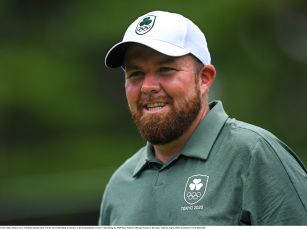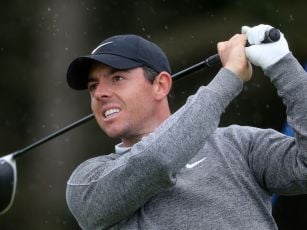Without any prior and in depth knowledge, it would be easy to assume that the term “Freerunning” is just an English language translation of the discipline known as Parkour.
For those acquainted with the world that Parkour and Freerunning explore, they are two related but very distinct physical and philosophical disciplines.
Parkour has its roots in France and military training obstacles had a key part to play in its development.
Raymond Belle, who was born in Vietnam but had a French father, is seen as one of the precursors especially as his son David Belle would then go on to play a role in developing that further and pioneering Parkour as teenagers in 1980s France along with his group of friends who would become known as the Yamakasi.
But what is Parkour and how does it differ from Freerunning?
Irish Parkour and Freerunning practitioner Glenn McPickles set out the philosophical differences between both of them when he spoke to Newstalk.com as part of our look at the disciplines which encompass running, jumping, vaulting and other movements often using an urban landscape as a canvas.
“Parkour is a training method to make yourself more of an adaptable creature to any situation,” he explained to me.
“Initially it was created for emergency situations. It was quite military style training. So David Belle was the founder of Parkour and his father [Raymond] was in the military and practiced methode naturelle.
Parkour in Ireland: How it's gained traction
“It’s 10 activities: Walking, running, balancing, quadrupedal movement, jumping, climbing, lifting, throwing, defence and swimming. They’re all natural things to do but David’s father was in the military and also took from different disciplines like martial arts.”
In essence the philosophical foundation of Parkour is getting from A to B as quickly and efficiently as possible using the aforementioned physical activities outlined above like running and jumping, depending on the obstacle standing before you.
This is where Freerunning differs slightly. Sebastien Foucan, who we have also interviewed about his own experiences as Parkour pioneer and Freerunner, is a friend of David Belle’s and fellow founding member of the Yamakasi.

He is credited with developing Freerunning.
“He coined the term Freerunning,” McPickles continues.
“So Parkour is the training for useful movement. An interesting comparison would be to think about boxing as Parkour as it’s efficient and straight to the point. And maybe then think of Capoeira as Freerunning. It’s not necessarily about the combat. There’s a focus on aesthetics rather than efficiency.”
Capoeira is a Brazilian form of martial arts which has a dance-like element to it which adds a sense of self expression to the efficiency represented by Parkour.
“If I want to train in Parkour, I’ll go to a place, find an area and work on a route and see how fast I can get through that route, see if I can clean it up and make it as efficient as possible, so I’m expending as little energy as possible,” McPickles continues.
“And if I were to go to the same area with a Freerunning mindset, I’d go there and I’d try to be creative with my route rather than being straight to the point and efficient. So it’s more playful.”
I also spoke to Foucan and he expanded on that sense of self expression. But he also feels that more unites Parkour and Freerunning than divides them.
“I would say both disciplines grew by themselves,” he adds.
An interest in Asian philosophy as viewed through the prism of martial arts has underpinned his own development as a Freerunner.
“I’ve always been attracted to martial arts and when you see the word martial arts, you see the word art. And I’m an artist. For me that’s why I wanted to develop something a little bit different.”
Moving the discipline beyond the purely physical challenge and adding an element of “listening to your intuition and feeling” is another point Foucan raises in regards to his own way.
“In martial arts, sometimes they say, ‘You’re not fighting the opponent, you’re fighting yourself’. And it’s even more relevant in our discipline. That’s why for me, that’s what I wanted to do, to make people understand that it’s not about the jump, it’s about the obstacle you’ve got inside your mind. I always talk about three obstacles: The environment, the people around you and yourself. When you overcome those three obstacles, then something happens in you.”
Meet the man who pioneered Parkour and Freerunning
But as he points out, Parkour and Freerunning do come from the same roots that go back to the aforementioned methode naturelle and George Hebert is the man most closely tied to that.
In the early 20th century, the renowned French physical instructor spent time in the colonies of Africa and observed the natural movement of the indigenous people who lived there.
It is said he was partly inspired by what he saw when he went onto found the fundamentals of methode naturelle which would then filter into military training and obstacle courses.
“Georges Hebert as influenced by the tribes and the tribes come from the nature, so ultimately nobody created anything,” says Foucan.
“We were all always inspired and influenced by something and it’s funny because we take something natural and we create something to go back to the nature. It’s a full circle like in martial arts.”
Download the brand new OffTheBall App in the Play Store & App Store right now! We've got you covered!
Subscribe to OffTheBall's YouTube channel for more videos, like us on Facebook or follow us on Twitter for the latest sporting news and content.








